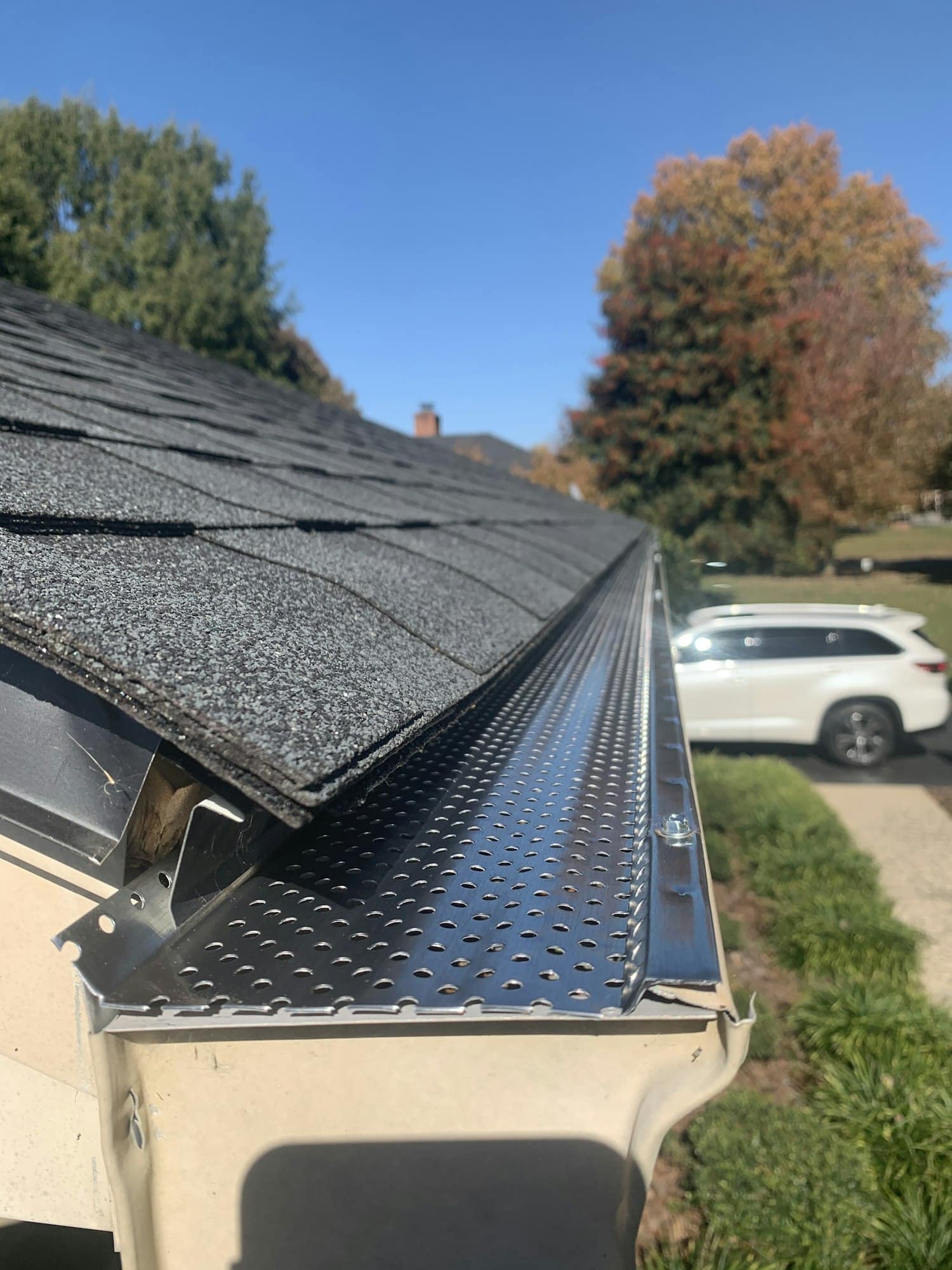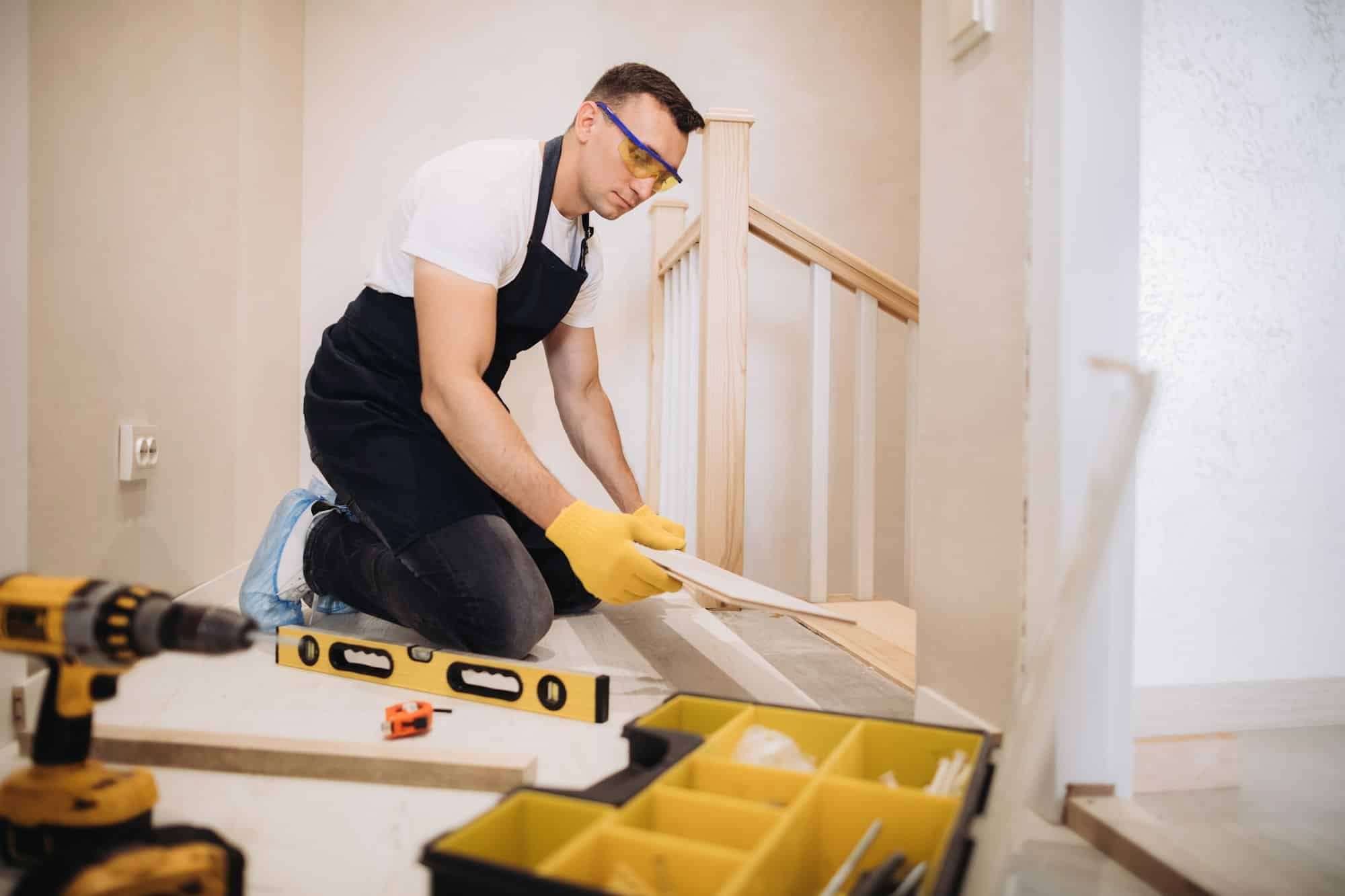Gutter guards are essential for maintaining your home’s integrity by preventing clogs and potential damage. Installing gutter guards not only saves you time and money on maintenance but also protects your home from water damage, pests, and other issues. This comprehensive guide will walk you through the process of installing gutter guards effectively.
Why You Need Gutter Guards
Gutter guards are designed to keep leaves, debris, and pests out of your gutters while allowing water to flow freely. Without them, your gutters can become clogged, leading to water overflow that can damage your roof, foundation, and landscaping. Regular cleaning can be time-consuming and hazardous, making gutter guards a worthwhile investment.
Types of Gutter Guards
Before you start, it’s important to choose the right type of gutter guard for your home. Here are the common types:
- Screen Guards: Made from metal or plastic, these guards have a mesh that filters out debris.
- Micro-Mesh Guards: These offer finer filtration than screen guards, keeping out even small debris.
- Reverse Curve Guards: Designed to direct water into the gutter while leaves fall over the edge.
- Brush Guards: Cylindrical brushes that sit inside the gutter, catching debris while allowing water to flow.
- Foam Guards: Foam inserts that fit inside the gutter, blocking debris but letting water pass through.
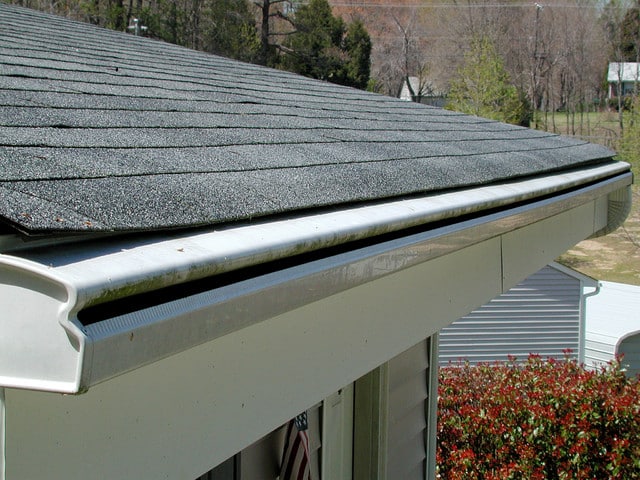
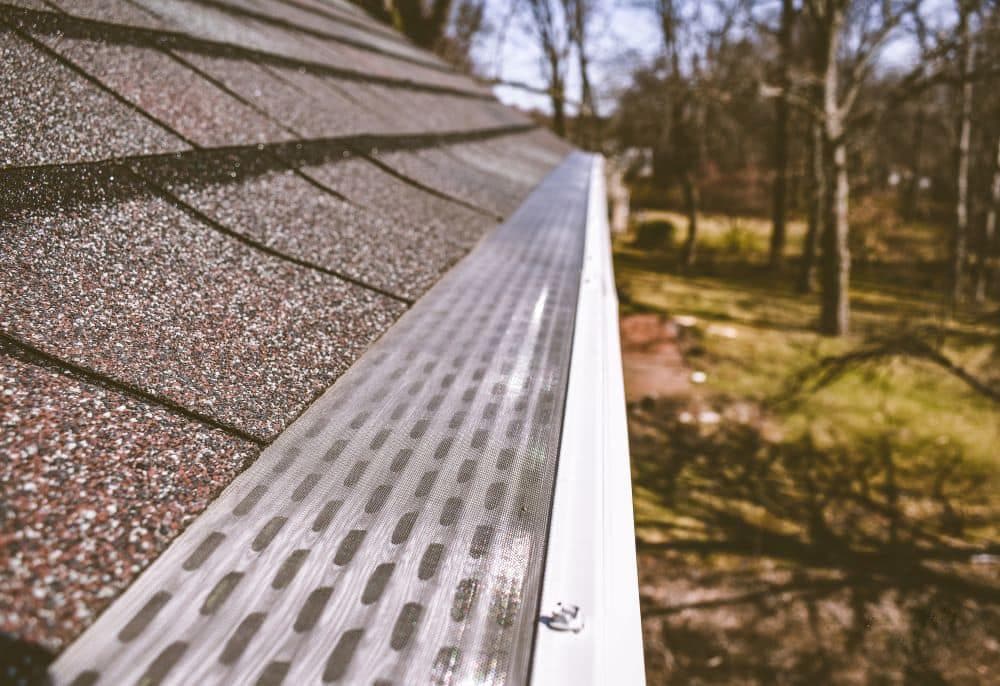
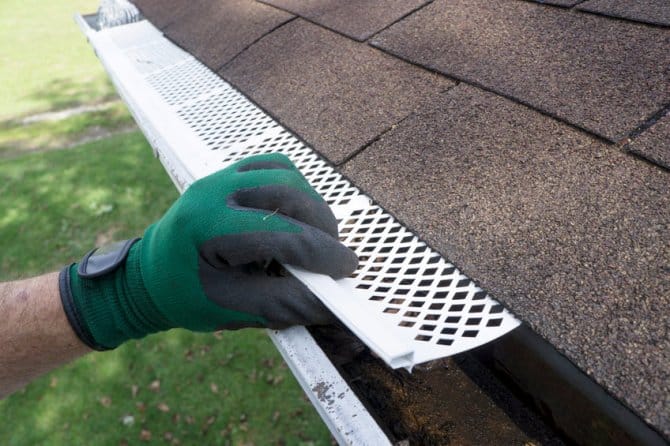
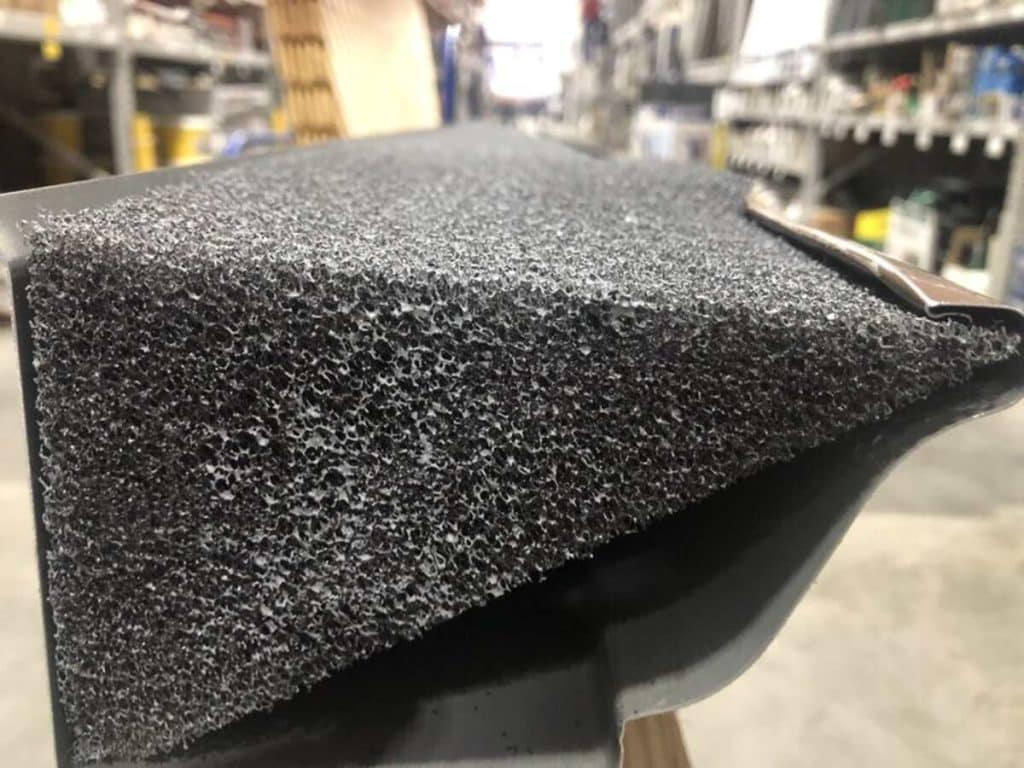
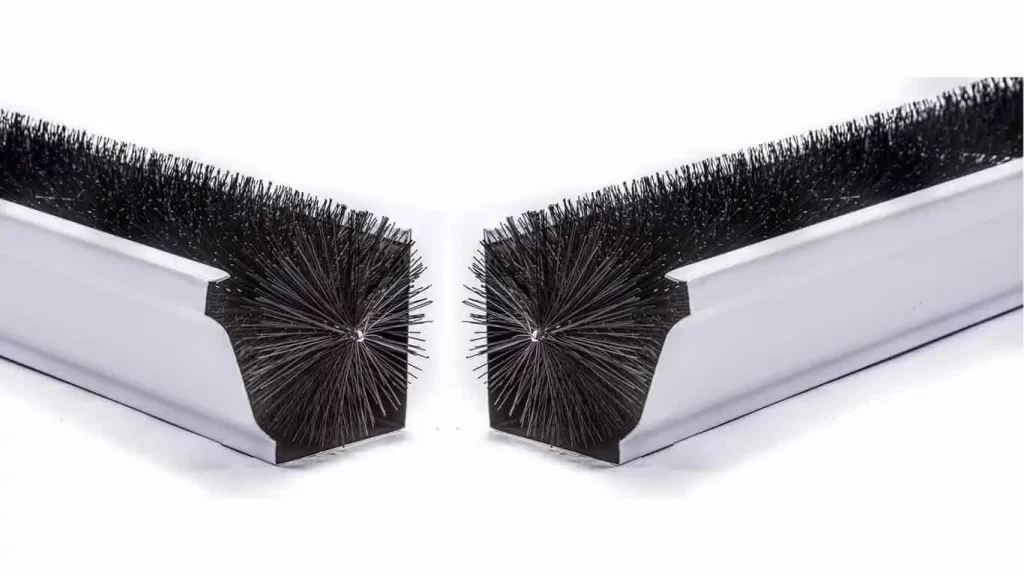
Tools and Materials Needed
- Gutter guards of your choice
- Ladder
- Work gloves
- Safety glasses
- Measuring tape
- Tin snips or scissors (for cutting guards)
- Drill or screwdriver (if required by guard type)
- Screws or clips (if required by guard type)

Step-by-Step Installation Guide
Step 1: Safety First
Ensure you have a sturdy ladder placed on a stable surface. Wear work gloves and safety glasses to protect yourself from sharp edges and debris.
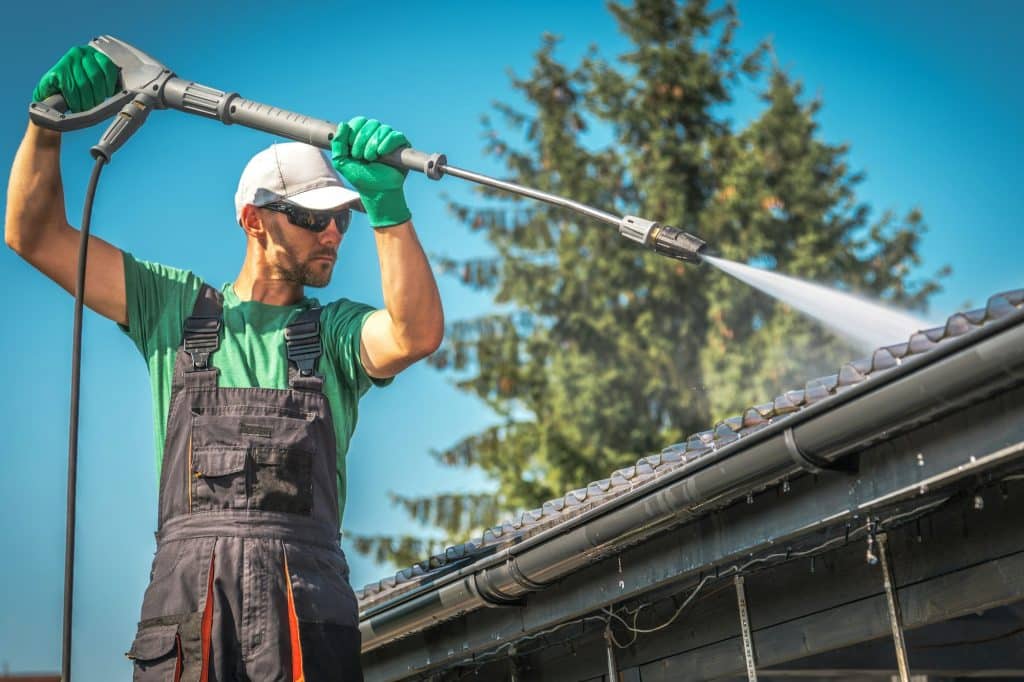
Step 2: Clean the Gutters
Before installing the guards, clean your gutters thoroughly. Remove all leaves, twigs, and other debris. Check for any existing damage and make necessary repairs.
Step 3: Measure and Cut the Guards
Measure the length of your gutters to determine how many guards you’ll need. Cut the guards to size using tin snips or scissors. If you have sectional guards, make sure each piece fits snugly together.
Step 4: Install the Guards
Screen Guards: Place the screen over the gutter, tucking the edge under the roof shingles. Secure it with screws or clips if necessary.
Micro-Mesh Guards: Similar to screen guards, place the micro-mesh guard over the gutter and secure it. Ensure the mesh is tight to prevent sagging.
Reverse Curve Guards: Install these guards at an angle, following the manufacturer’s instructions. They often require screws to secure them to the gutter.
Brush Guards: Simply place the brush inside the gutter. No additional tools are usually needed.
Foam Guards: Insert the foam into the gutter, ensuring it fits snugly.
Step 5: Secure the Guards
Ensure that each guard is securely attached to the gutter. Use screws or clips as needed, and check for any loose sections. Properly secured guards will perform better and last longer.
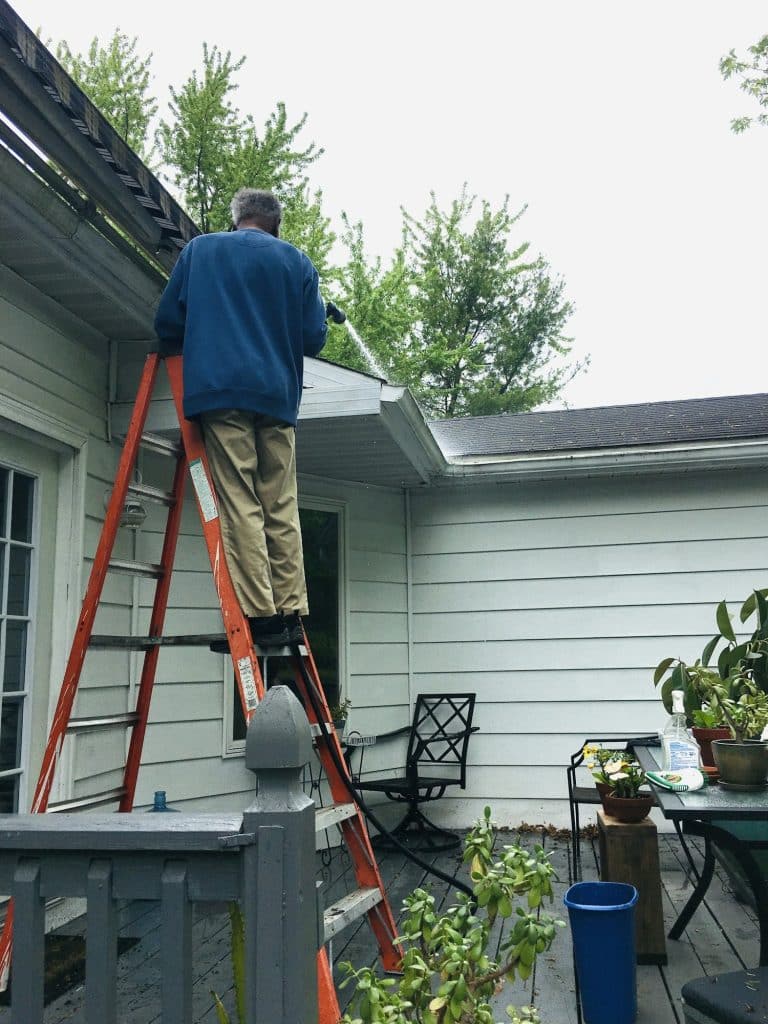
Step 6: Test the Installation
After installing the guards, test them by running water through your gutters. Check to make sure the water flows freely and that no debris is being trapped.
Maintenance Tips
Even with gutter guards, occasional maintenance is necessary:
- Inspect Regularly: Check your gutter guards every few months to ensure they are intact and functioning properly.
- Clean as Needed: While guards reduce the need for cleaning, some debris may still accumulate. Brush off any leaves or twigs that sit on top of the guards.
- Check for Damage: Look for any damage to the guards or gutters, especially after severe weather. Replace or repair as necessary.
Pros and Cons of Gutter Guards
Pros:
- Reduced Maintenance: Gutter guards significantly decrease the frequency of gutter cleaning.
- Prevent Clogs: Keep leaves, twigs, and other debris out of your gutters.
- Water Damage Prevention: Properly functioning gutters prevent water overflow, protecting your home’s foundation and landscaping.
- Pest Control: Guards help keep pests like birds, rodents, and insects out of your gutters.
Cons:
- Initial Cost: Gutter guards can be expensive to purchase and install.
- Maintenance Required: While reduced, some maintenance is still necessary.
- Potential for Improper Installation: If not installed correctly, guards can cause water to overflow or become ineffective.
Conclusion
Installing gutter guards is a proactive way to protect your home from potential water damage and reduce the time and effort spent on gutter maintenance. By choosing the right type of gutter guard and following the proper installation steps, you can ensure your gutters function efficiently for years to come. With regular inspections and occasional cleaning, your gutter guards will keep your home safe and dry, making them a valuable addition to your home maintenance routine.

